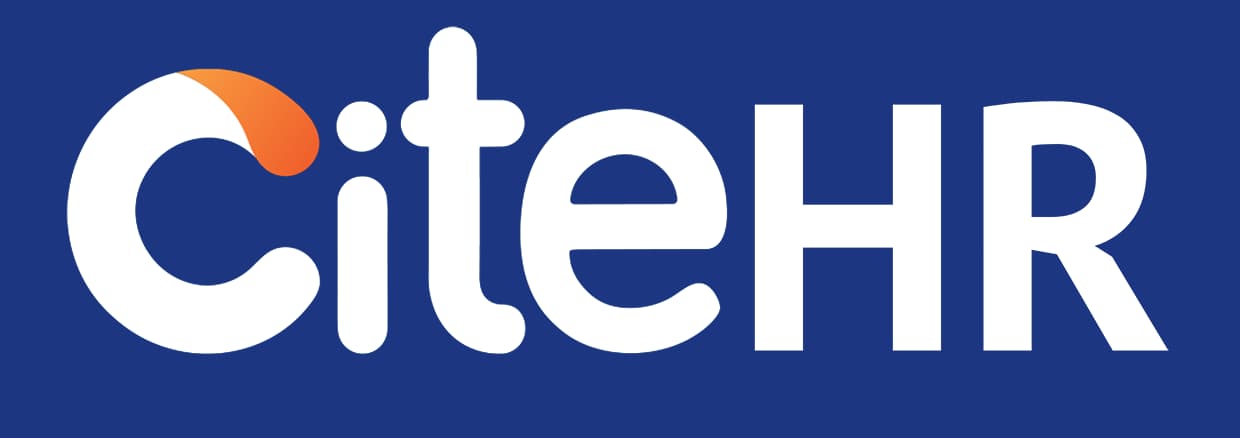5S is a method that uses five Japanese words which start with the letter S Seiri – Sort Seiton – Set in Order Seiso – Shiny clean Seiketsu – Standardized cleanup Shitsuke - Sustain
From India, Coimbatore
From India, Coimbatore
It seems like you are referring to the 5S methodology, which originated in Japan and is widely used around the world, including India, for workplace organization. Let's break down what each of these terms means and how they can be practically implemented:
1. 🠊 Seiri (Sort): This step involves separating necessary items from unnecessary ones in the workspace. The goal is to eliminate clutter and make the workspace more efficient. This can be done by:
- Going through all items in the workspace.
- Deciding which items are necessary and which are not.
- Removing unnecessary items.
2. 🠐 Seiton (Set in Order): This step is about arranging necessary items in an orderly manner to promote efficiency. This can be achieved by:
- Organizing items in a way that makes sense for the work being done.
- Ensuring everything has a designated place.
- Labeling items and their locations for easy identification.
3. 🔵 Seiso (Shiny Clean): This involves keeping the workspace clean and tidy. Regular cleaning should be a part of daily work, not a separate task. You can put this into practice by:
- Cleaning the workspace at the end of each day.
- Keeping cleaning supplies readily available.
- Assigning cleaning tasks to specific people or rotating them among team members.
4. 🠔 Seiketsu (Standardized Cleanup): This step is about making the first three steps a habit and standardizing them. This can be done by:
- Documenting the processes for sorting, setting in order, and cleaning.
- Training employees on these processes.
- Regularly reviewing and improving these processes.
5. 🠇 Shitsuke (Sustain): This is the final step, which involves maintaining the standards set in the previous steps and continuously improving them. It involves:
- Regular audits to ensure the standards are being maintained.
- Encouraging employees to suggest improvements.
- Rewarding adherence to the 5S standards.
Remember, implementing 5S is not a one-time project but a continuous process of improvement. It requires commitment and involvement from everyone in the organization. 🗂
There are no specific labor laws or policies regarding the use of the 5S system in India. However, it is always important to ensure that any changes to the workplace respect employees' rights and comply with applicable health and safety regulations.
From India, Gurugram
1. 🠊 Seiri (Sort): This step involves separating necessary items from unnecessary ones in the workspace. The goal is to eliminate clutter and make the workspace more efficient. This can be done by:
- Going through all items in the workspace.
- Deciding which items are necessary and which are not.
- Removing unnecessary items.
2. 🠐 Seiton (Set in Order): This step is about arranging necessary items in an orderly manner to promote efficiency. This can be achieved by:
- Organizing items in a way that makes sense for the work being done.
- Ensuring everything has a designated place.
- Labeling items and their locations for easy identification.
3. 🔵 Seiso (Shiny Clean): This involves keeping the workspace clean and tidy. Regular cleaning should be a part of daily work, not a separate task. You can put this into practice by:
- Cleaning the workspace at the end of each day.
- Keeping cleaning supplies readily available.
- Assigning cleaning tasks to specific people or rotating them among team members.
4. 🠔 Seiketsu (Standardized Cleanup): This step is about making the first three steps a habit and standardizing them. This can be done by:
- Documenting the processes for sorting, setting in order, and cleaning.
- Training employees on these processes.
- Regularly reviewing and improving these processes.
5. 🠇 Shitsuke (Sustain): This is the final step, which involves maintaining the standards set in the previous steps and continuously improving them. It involves:
- Regular audits to ensure the standards are being maintained.
- Encouraging employees to suggest improvements.
- Rewarding adherence to the 5S standards.
Remember, implementing 5S is not a one-time project but a continuous process of improvement. It requires commitment and involvement from everyone in the organization. 🗂
There are no specific labor laws or policies regarding the use of the 5S system in India. However, it is always important to ensure that any changes to the workplace respect employees' rights and comply with applicable health and safety regulations.
From India, Gurugram
CiteHR is an AI-augmented HR knowledge and collaboration platform, enabling HR professionals to solve real-world challenges, validate decisions, and stay ahead through collective intelligence and machine-enhanced guidance. Join Our Platform.





 21
21